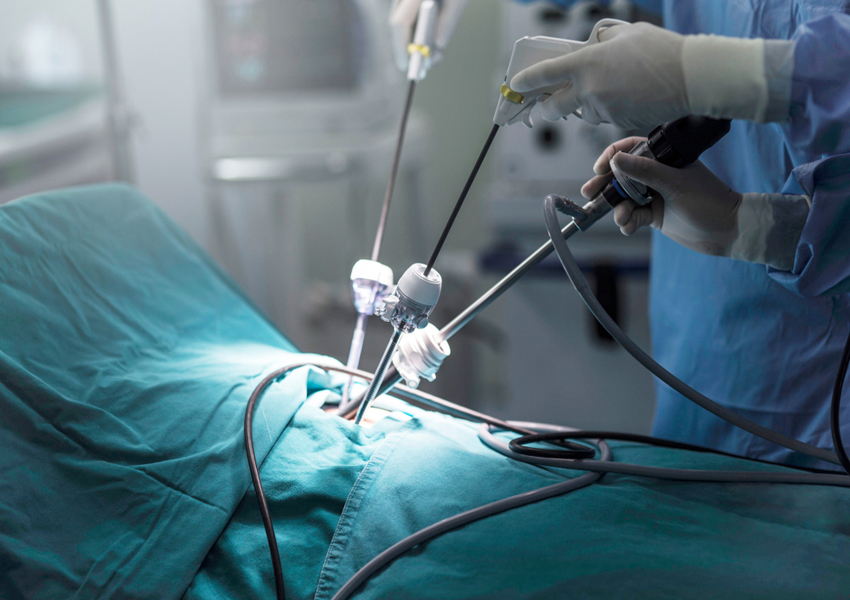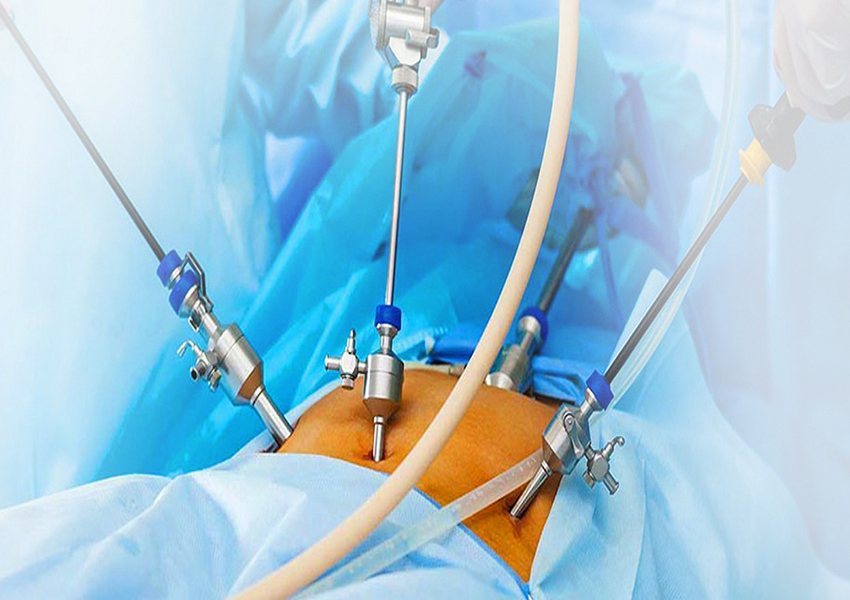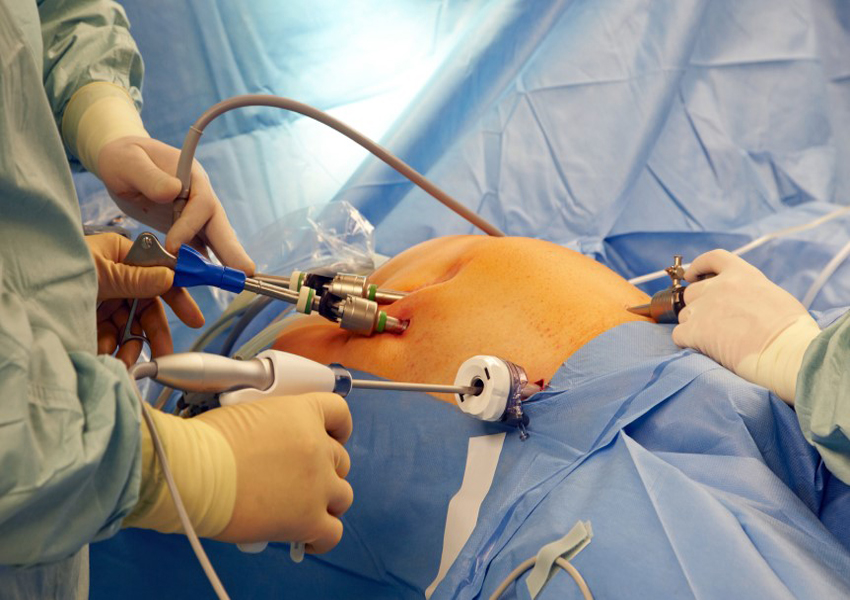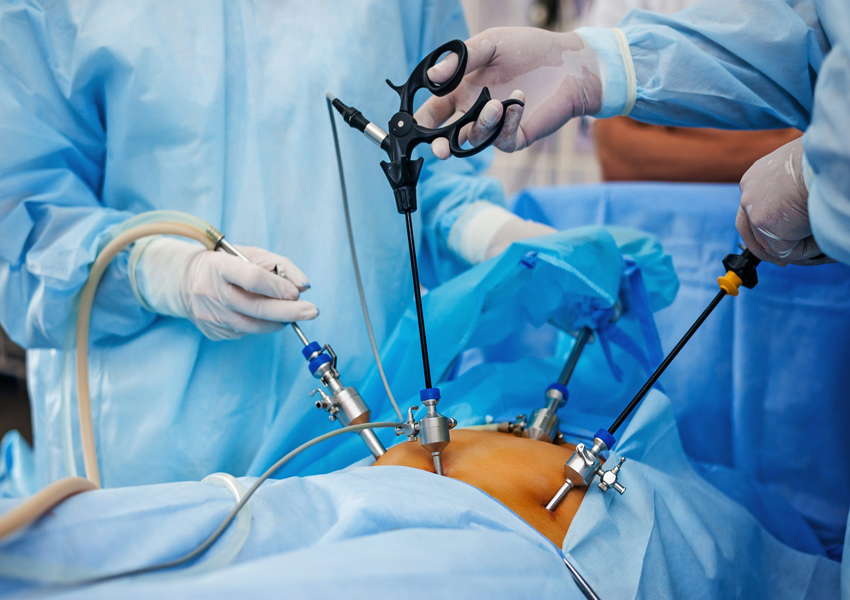Laparoscopic Cancer Surgery
Laparoscopic or “minimally invasive” surgery is a specialized technique for performing surgery. In traditional “open” surgery the surgeon uses a single incision to enter into the abdomen. Laparoscopic surgery uses several 0.5-1cm incisions. Each incision is called a “port.” At each port a tubular instrument known as a trocar is inserted. Specialized instruments and a special camera known as a laparoscope are passed through the trocar during the procedure. This makes the surgery less painful & leads to early recovery.
For cancer surgery of digestive organs such as rectum, colon, intestine, liver, pancreas, bile duct, stomach, oesophagus etc. either of the Open or Keyhole approach may be used. The open approach involves an 8 to 10 inch incision to open the abdomen and perform the surgery in open view of the surgical team. The laparoscopic approach creates three to five miniature incisions (each having a length of one rice grain to three rice grains long) instead of the one larger incision.
Treatment available by Laparoscopic surgery
- Colorectal Cancer
- Endometrial Cancer
- Cancers of Thorax - Esophageal & Lung Cancers
- Advance VATS Surgeries
- Kidney Cancers
- Upper GI & Hepatobiliary Cancers
- Minimal Invasive CRS & HIPEC
Goals of a Keyhole Cancer Surgery
- Diagnostic
- Staging
- Tumor removal or curative
- Debulking
- Palliation
Benefits of Keyhole Cancer Surgery
- Less pain
- Shorter hospitalization
- Quicker return to activity and work
- Lower rates of blood loss
- Lower rates of wound infections and other complications
- Lower rates of subsequent hernia development




